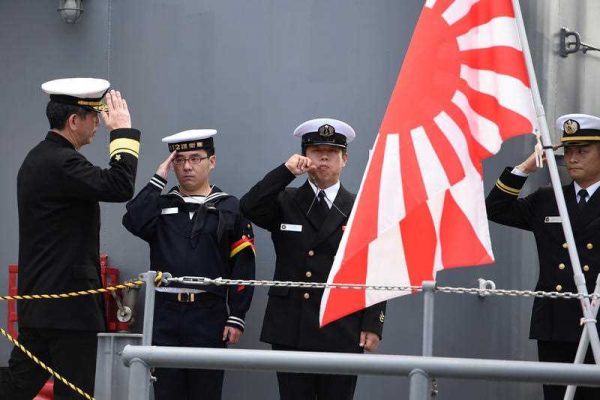As we have argued elsewhere, strategic partnerships are a new type of security practice in the region. When they first emerged, some analysts argued that the partnerships resulted when two states had a common vision of how regional security should be managed. But as new partnerships were formed between states with rival visions and interests, this explanation of their emergence has become less convincing.
Today, there are two different kinds of strategic partnerships in the region. There are partnerships for mutual benefit, based on shared values and interests. And there are partnerships for mutual management, driven by a desire to put in place arrangements to help manage rivalry over values or interests, or indeed both.
These partnerships are formalised in bilateral agreements. They can involve government-to-government dialogue and policy coordination, or institutionalised Track 1.5 or Track 2 processes — non-government discussions aimed at building bilateral relationships. They can encompass regular summit or ministerial meetings as well as specific commitments to build economic relations, make investments or transfer technology. Undertakings to improve people-to-people ties through cultural diplomacy form another important feature of strategic partnerships.
The region’s most developed strategic partnership is that between Japan and Australia. It builds on a long postwar economic relationship as well as significant attempts, as far back as the 1970s, to develop a deeper political relationship. The two share a set of values (such as democracy, human rights and the rule of law) and a set of interests.
Over time, Australia and Japan have developed policy coordination mechanisms on regional and international security matters, including counterterrorism, nuclear non-proliferation, intelligence-sharing and humanitarian operations. The two countries have also maintained extensive defence cooperation and military-to-military ties. This process peaked in 2014 with the declaration, during then Australian prime minister Tony Abbott’s visit to Tokyo, of the relationship’s elevation to a ‘Special Strategic Partnership for the 21st Century’.
By contrast, the China–India strategic partnership has evolved as a means of managing rivalry, rather than facilitating coordination in pursuing shared values and interests. That partnership has barely moved beyond the establishment of high-level dialogue, attempts to boost trade and investment from historically low levels and the initiation of cultural diplomacy. These mechanisms allow regular contact to be maintained, but at the cost of quarantining contentious issues, such as, in this case, the Sino–Indian border.
Strategic partnerships are flexible and open to being structured in different ways, according to the underlying condition of a bilateral relationship. They are far less formal than regional institutions and — at least in principle — more straightforward to manage than multilateral diplomatic arrangements. They do not destabilise regional balances in the ways that formal alliances might. But whether the proliferation of strategic partnerships is helping to improve regional security remains in question.
Because they are flexible, their capacity to provide reassurance and build trust tends to be lower than that of an institution or alliance. The Australia–Japan strategic partnership does not seem to have cushioned the blow to bilateral ties caused by the decision not to award Australia’s submarine contract to Japan. One might argue that the grandiose rhetoric of ‘special’ partnerships may have misled Tokyo into expecting more of Canberra than it was likely to receive.
Other strategic partnerships have different limitations. The Australia–China partnership, for example, is minimalistic, trade-focused and entails quarantining areas of potential conflict — areas where, in a wonderful diplomatic euphemism contained in the 2009 Joint Statement, the two countries’ ‘different national conditions’ may ‘lead to differences of one type or another’.
Strategic partnerships are flexible, but with flexibility can also come costs. Perhaps the greatest cost of all lies in the loss of impetus toward the creation of better security architecture in the Asia Pacific. This includes the agreement of a common set of rules of conduct and a set of institutional arrangements to manage and mitigate conflicts when they arise.
In that sense, the proliferation of strategic partnerships parallels the proliferation of bilateral free trade agreements and entails similar challenges. On one hand, these partnerships are means of bypassing the substantive disagreements that have stymied progress towards stronger multilateral solutions. But in time, these partnerships may themselves become obstacles to those more positive outcomes.
H. D. P. (David) Envall is a Research Fellow in the Department of International Relations, The Australian National University, and an honorary associate at La Trobe University.
Ian Hall is a Professor of International Relations at Griffith University and a member of the Griffith Asia Institute.

